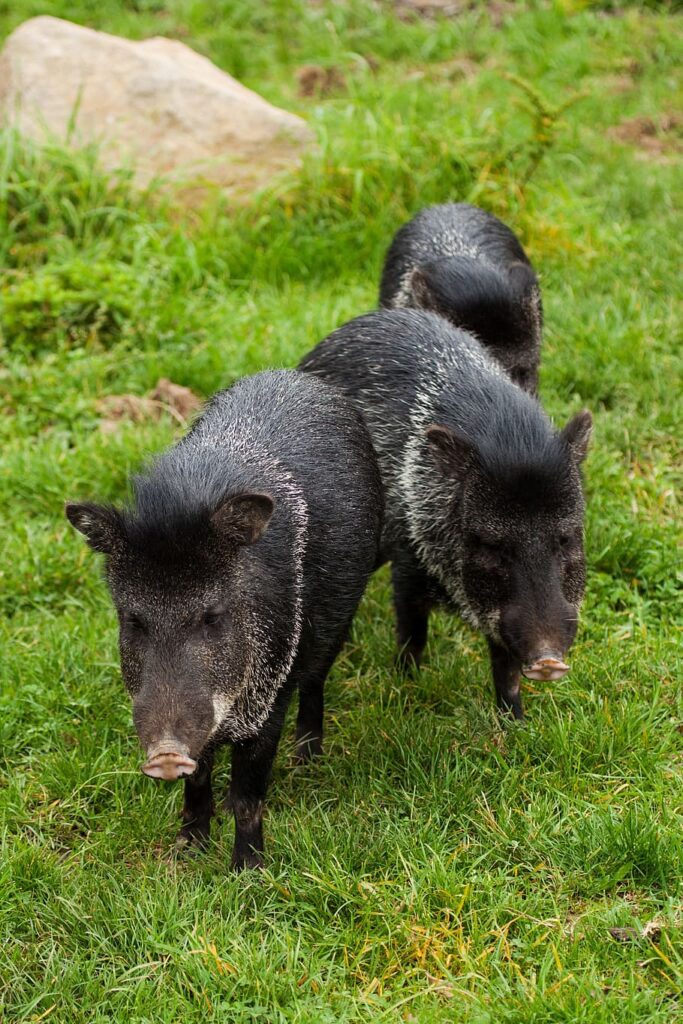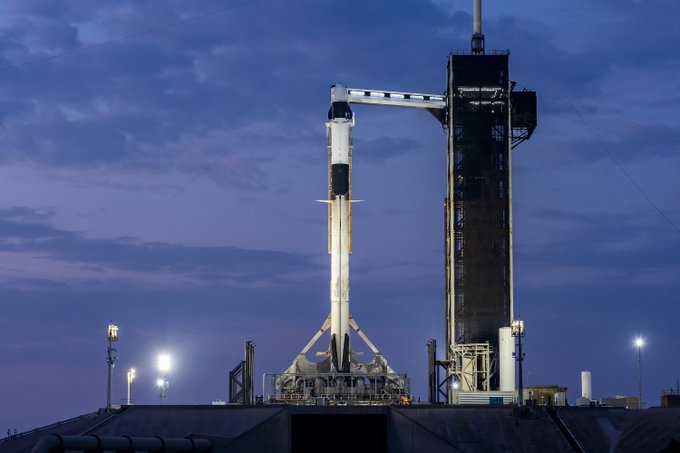In a momentous stride towards redefining the future of space travel, NASA and Aerojet Rocketdyne have begun qualification testing on an advanced Solar Electric Propulsion (SEP) system. The groundbreaking propulsion technology, planned to make its space debut in 2025, aims to transform the Power and Propulsion Element (PPE) of Gateway, NASA’s lunar station, into the most potent SEP spacecraft ever launched.
The Gateway lunar station forms a crucial cog in NASA’s Artemis Program, aiming to etch new landmarks in lunar exploration by taking the first woman and person of color to the Moon. The Advanced Electric Propulsion System (AEPS) developed by Aerojet Rocketdyne is set to augment the station’s propulsion capabilities, rendering it a dynamic tool for efficient space maneuvering.
Clayton Kachele, the AEPS project manager at NASA’s Glenn Research Center, voiced the exhilaration rippling through the space exploration community, stating, “AEPS is truly a next-generation technology.” Kachele further underscored the significance of this technological marvel, highlighting how the AEPS’s capability of delivering 12 kilowatts of propulsive power significantly outperforms current electric propulsion systems, thereby paving the way for advanced space exploration missions.
Similar Post
The AEPS must endure rigorous qualification testing to acquire certification for deployment on Gateway. As part of the test campaign, two qualification units, identical to the thrusters set to feature on the PPE, will be exposed to an array of stringent tests by the NASA-Aerojet team. This endeavor is directed towards ensuring that the SEP system can endure the harsh conditions synonymous with launch and flight operations.
Rohit Shastry, the lead AEPS engineer, emphasized the importance of the testing campaign, saying, “This testing campaign is a big deal. It’s kind of the final leg before we test the thrusters that will actually fly on Gateway.”
A second qualification unit slated to arrive at NASA in 2024 will undergo wear testing simulating conditions that the AEPS will encounter during Gateway’s orbit-raising phase and subsequent transition to lunar orbit. Interestingly, the PPE’s actual flight thrusters are concurrently being built and will be launched before the entire multi-year wear test is concluded.
Explaining the urgency, Kachele noted, “With NASA missions, launch dates are critical. In this case, NASA is trying to expedite the process, and we’re doing it intelligently. We will complete a few thousand hours of wear testing to prove successful operations before PPE launches.”
This high-power electric propulsion technology holds immense promise for future crewed missions and deep space exploration. As Shastry rightly put it, “We are pushing the boundaries of what’s been done and taking giant leaps forward with capability and opportunities.” This milestone places NASA one step closer to achieving its audacious ambitions in space exploration.

















